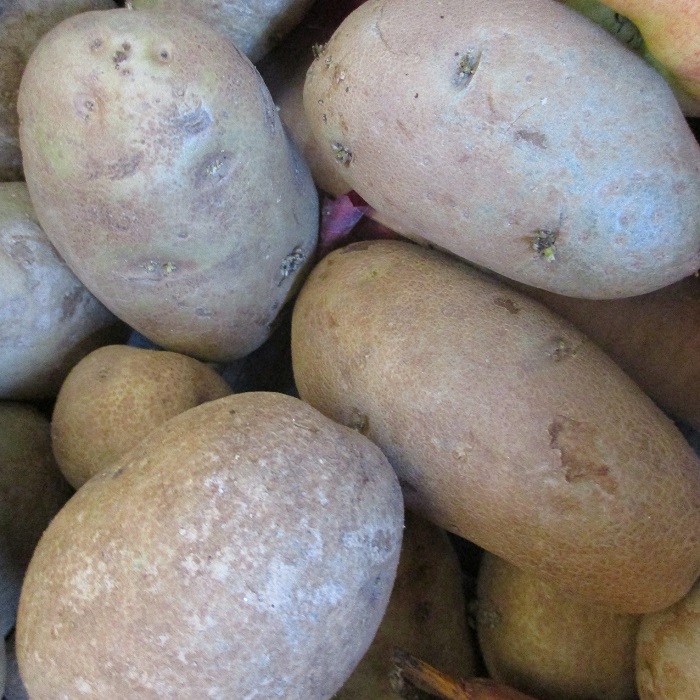UNITED STATES—The weather agrees with the calendar this year. It is time to start replacing remaining cool season vegetable plants with fresh warm season vegetable plants. In fact, according to how the weather has been through February, the process could have begun quite some time ago. Frost, which is the limiting factor for warm season vegetables, is very unlikely this late, even if wintry rain resumes.
The past month of springy weather makes it easier to replace aging cool season vegetable plants with those that are now in season. Cool season vegetable plants obviously perform best through the cool weather of autumn and winter. They perform into spring where winters are cooler. Unseasonable warmth here accelerated their maturation. They deteriorate if not harvested soon enough.
Most of the the cool season vegetable plants produce vegetables that truly are vegetative. Most individual plants produce only once. For example, one cabbage plant produces only one cabbage. Conversely, most warm season vegetable plants actually produce fruit. Some produce many fruits through their season. Even some warm season vegetative leafy greens can produce repeatedly.
Out with the old and in with the new:
Tomato, pepper, eggplant pole beans and the various summer squash can get planted early to produce until they succumb to frost at the end of the season. Cucumber and pea do not produce for such an extensive season, so might be grown only in spring or the end of summer. Corn and root vegetables produce only once, so their seed get sown in multiple phases to prolong their season.
Corn, root vegetables and most greens grow best from seed sown directly into a garden. There is no need to start them inside here. Confinement can disfigure root vegetables anyway. Because so many individual plants are grown, it is impractical to purchase seedlings.
However, purchasing a few seedlings of tomato, pepper, zucchini and most other warm season vegetable plants is not as impractical. If only a few are desired, they are not much more expensive than seed. They are conducive to transplant, and will continue to produce through the season.
Highlight: potato
First thing first. Potatoes are not roots. They are only classified as a root vegetable because they grow underground. They are actually a sort of specialized subterranean stem known as a ‘stolon.’ Because they are so distended, a more accurate distinction might be ‘tuberous stolon’ or ‘stoloniferous tuber.’ Their eyes are buds, which roots lack. Their roots extend from eyes and other roots.
Most cultivated potatoes are of the species Solanum tuberosum. Some of the thousands of cultivars that were developed during the thousands of years that potatoes have been in cultivation are distantly related to other species. Hybridization was a means with which to incorporate desirable characteristics of other species. Potatoes are presently one of the main food crops in the world.
Small potatoes or pieces of potatoes, which are known as ‘seed potatoes,’ start to grow in home gardens after the last frost. Potatoes are not grown from actual seed because of the potential for genetic variation. After bloom later in summer, their coarse foliage dies to the ground. Potatoes that grew during the previous season are then ready to get dug. Fruit and all green parts are toxic.
Horticulturist Tony Tomeo can be contacted at tonytomeo.com.







